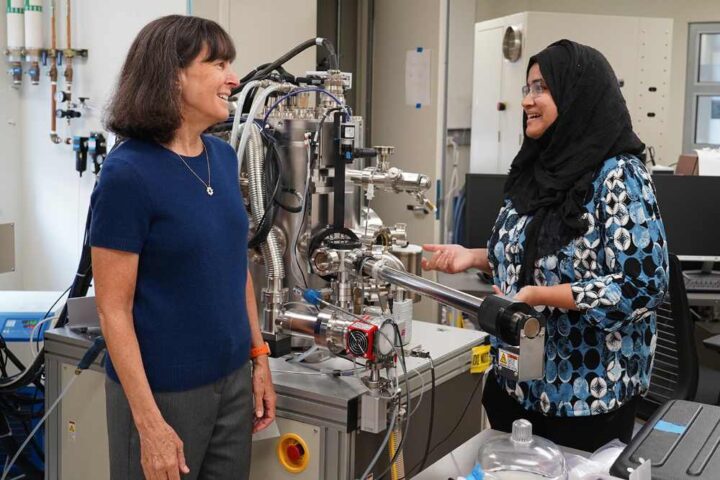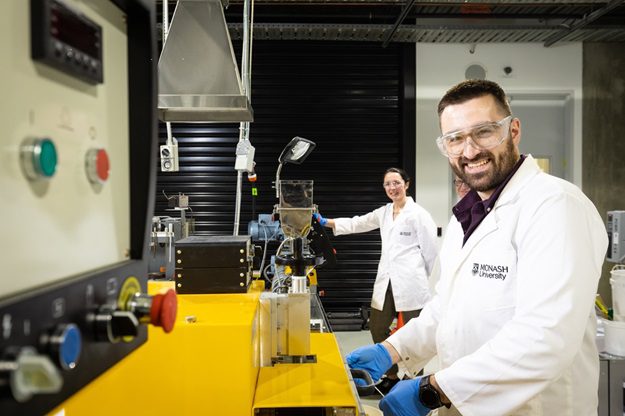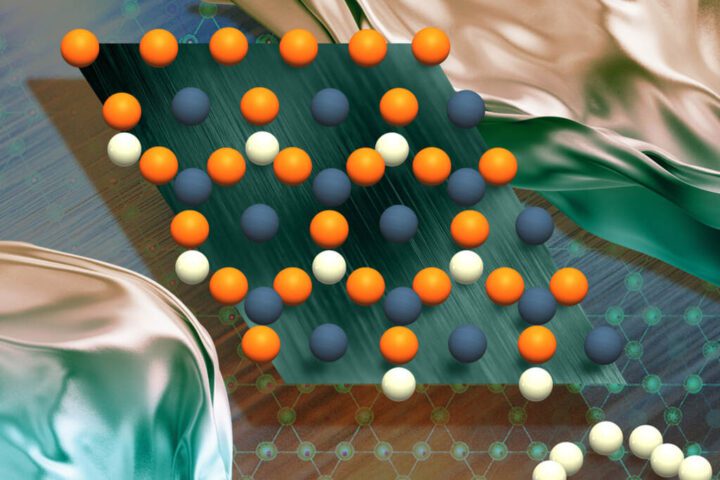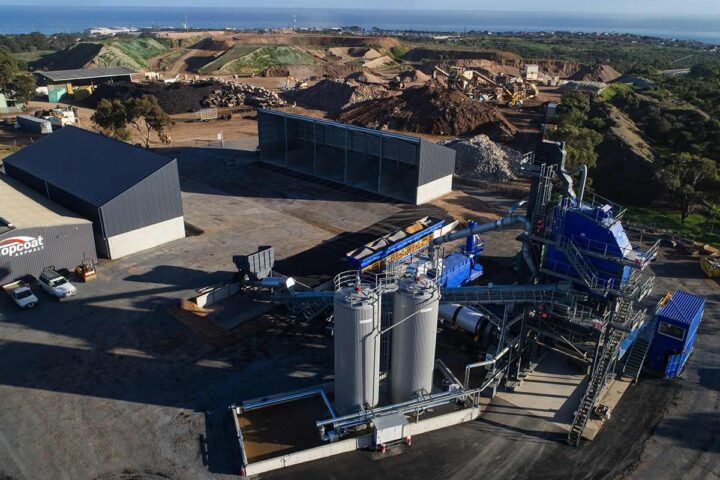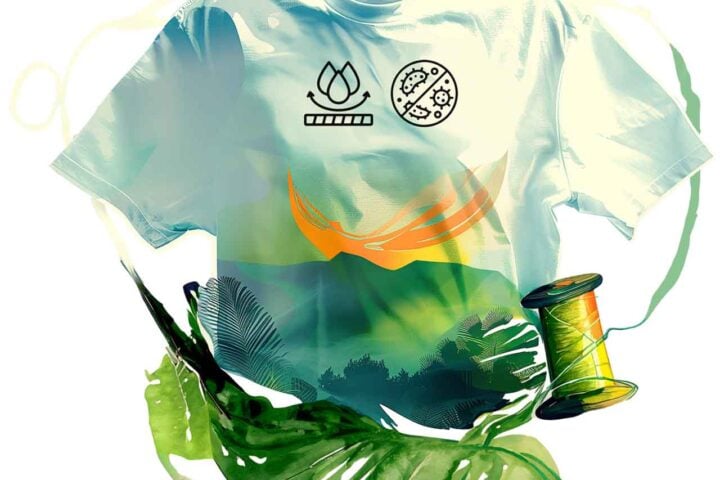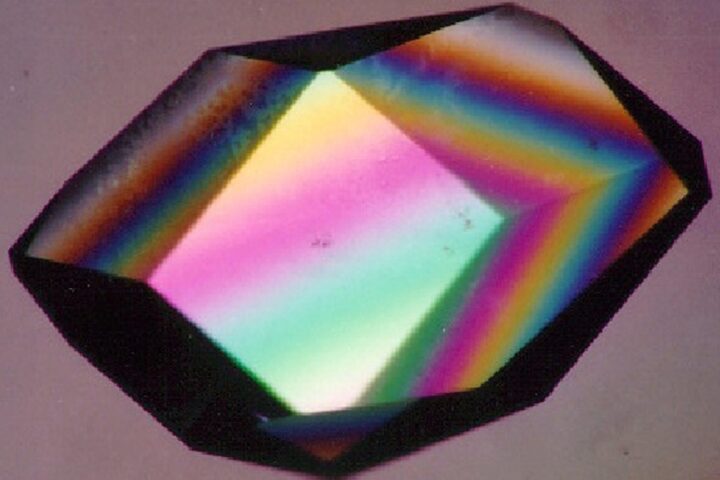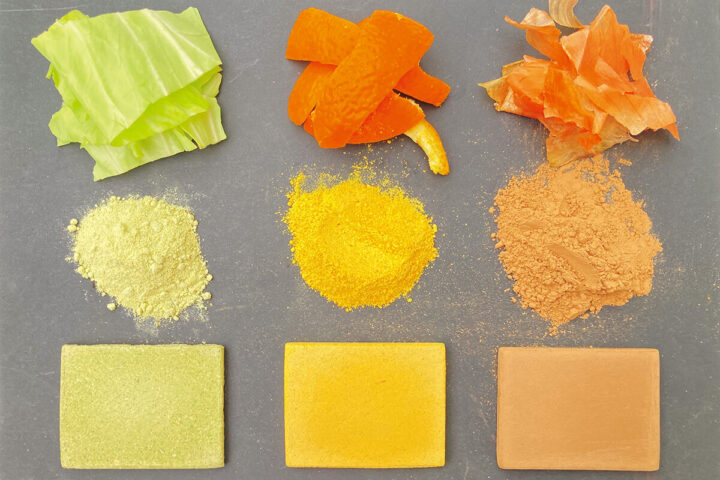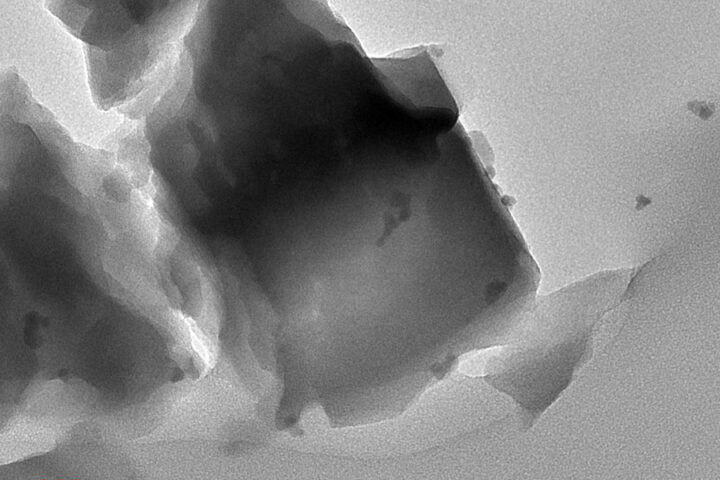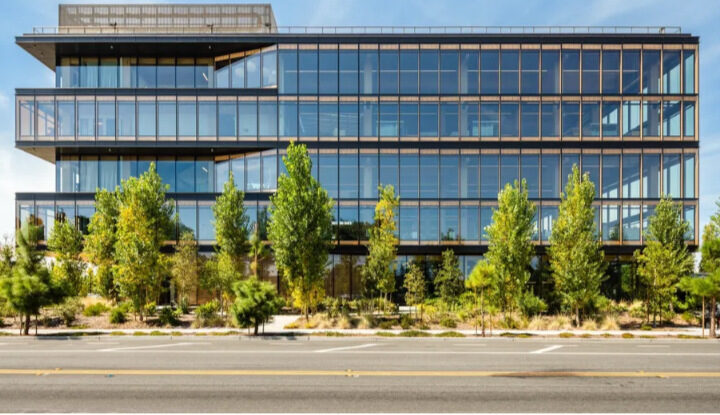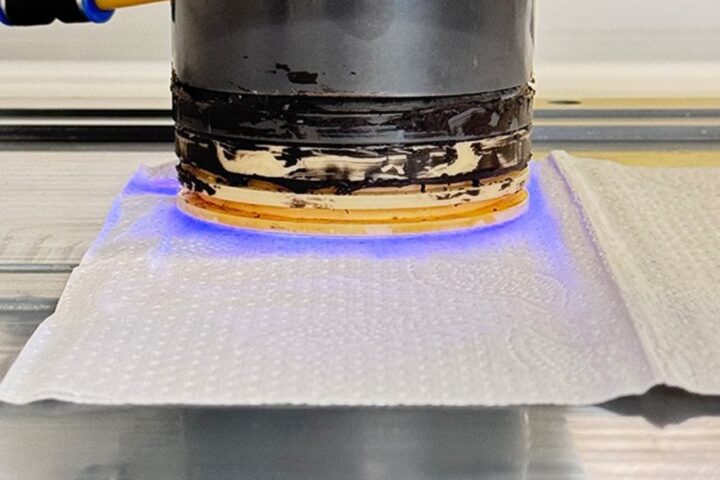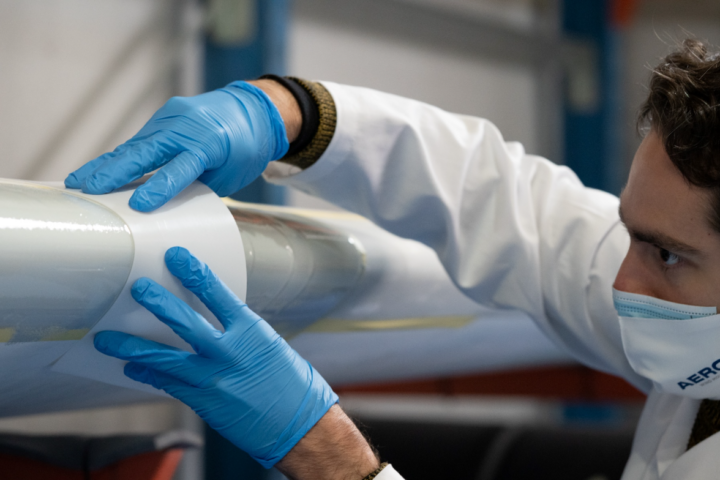Scientists at Binghamton University are tapping into the hidden potential of mushrooms to create stronger, more sustainable materials that could transform industries from construction to aerospace.
In a study recently published in Advanced Engineering Materials, Binghamton researchers analyzed how the microscopic structure of mushroom filaments, called hyphae, determines their mechanical properties. These tiny threads form networks within mushrooms that give them remarkable strength despite their lightweight nature.
“There is so much we can still learn from nature,” says Assistant Professor Mir Jalil Razavi, who led the research. “We are just getting started with this kind of research.”
The team examined two mushroom species with distinct structural differences: the common white button mushroom (Agaricus bisporus) with one type of hyphal filament, and the maitake mushroom (Grifola frondosa) with two types of filaments and directional growth patterns. Using scanning electron microscopy, they analyzed how these different arrangements affect mechanical strength.
What makes this research groundbreaking is the combination of traditional analysis with cutting-edge artificial intelligence. The researchers are developing a computational framework that can predict mechanical properties based on the mushroom’s structure.
“This kind of inverse design is possible only with deep learning models,” explains Razavi. “For example, computing 10,000 filaments, their locations and their orientations. This is something that AI can do once we run simulations to train the model.”
The process works in reverse of traditional material development. Instead of creating materials and then testing their properties, the researchers can specify desired properties first — like strength or flexibility — and let AI predict the optimal structure.
These predictions are then tested by creating physical prototypes using 3D printing to replicate the mushroom-inspired structures.
Similar Posts
The potential applications extend far beyond the lab. Mycelium — the vegetative part of fungi consisting of these thread-like hyphae — is already being explored for various commercial uses. According to other research in the field, mycelium-based materials offer environmental benefits as they can be grown on agricultural waste and are biodegradable.
While the Binghamton research focuses on understanding fundamental properties, other studies have shown mycelium materials can have good thermal and acoustic properties. Some research suggests mycelium-based materials can be significantly less expensive than traditional building materials, though exact cost comparisons vary.
However, challenges remain before we see widespread adoption. According to industry research, while mycelium materials have excellent strength-to-weight ratios, their absolute strength still falls short of materials like concrete. A typical mycelium brick has about 30 PSI compressive strength compared to concrete’s 4,000 PSI.
Water resistance is another concern being addressed in ongoing research, as mycelium materials can be sensitive to moisture. Current applications often focus on indoor uses or components that aren’t load-bearing.
The Binghamton team hopes their research will lead to materials that overcome these limitations. By understanding exactly how fungi create their strong yet lightweight structures, scientists can develop new materials with customized properties for specific applications.

“The next step involves developing a finite element model that enables mechanical property testing and analysis,” says Mohamed Khalil Elhachimi, a PhD student working on the project.
As climate concerns drive demand for sustainable alternatives across industries, the humble mushroom may provide solutions that were hiding in plain sight all along — another example of innovation inspired by nature’s time-tested designs.



